Subphylum Myriapoda
SUBPHYLUM MYRIAPODA The term “myriapod,” meaning “many footed,” describes members of four classes in subphylum Myriapoda that have evolved a...
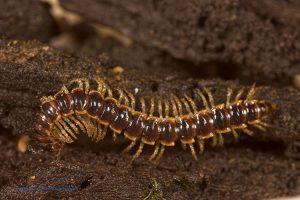
SUBPHYLUM MYRIAPODA The term “myriapod,” meaning “many footed,” describes members of four classes in subphylum Myriapoda that have evolved a...
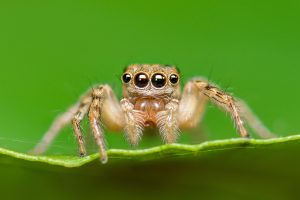
Order Opiliones: Harvestmen Harvestmen, often known as “daddy longlegs,” are common throughout the world and comprise about 5000 species. They...
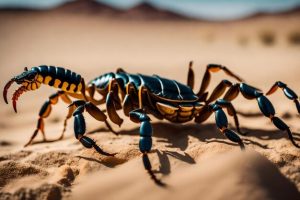
Order Scorpiones: Scorpions Scorpions are perhaps the most ancient of terrestrial arthropods and comprise about 1400 species worldwide. Although scorpions...
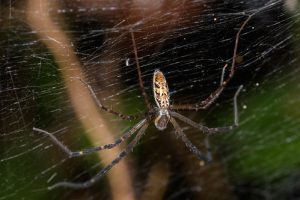
Arachnids (Gr. arachne¯, spider) exhibit enormous anatomical variation. In addition to spiders, the group includes scorpions, pseudoscorpions, whip scorpions, ticks,...
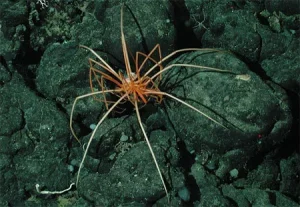
Class Pycnogonida: Sea Spiders About 1000 species of sea spiders occupy marine habitats ranging from shallow, coastal waters to deep-ocean...

Class Hirudinida is divided into three orders, Hirudinea, the “true” leeches, and two others that merit mention here because their...

Phylum Sipuncula (sigh-pun + kyu-la) (L. sipunculus, little siphon) consists of about 250 species of benthic marine worms, at depths...
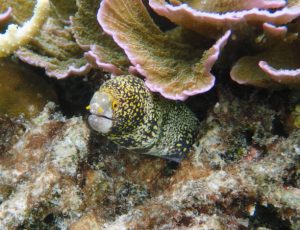
Phylum Echiura (ek-ee-yur a) (Gr. echis, viper, serpent, oura tail, ida, pl. suffix) consists of about 140 species of marine worms...
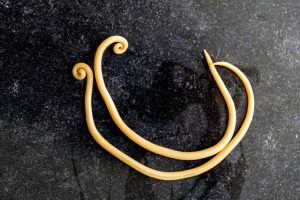
Because of its size and availability, Ascaris (Gr. askaris, intestinal worm) is usually selected as a type for study in...
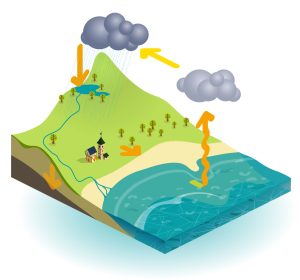
The hydrologic cycle, or water cycle, moves water from land and ocean to the atmosphere. Water from the oceans and...

Blistering summer heat waves can be deadly, with the elderly and the ill at greatest risk. However, in such weather,...

Approximately 25,000 species of Nematoda (nem-a-to´da) (Gr., nematos, thread) have been named, but many authorities now prefer Nemata for the...